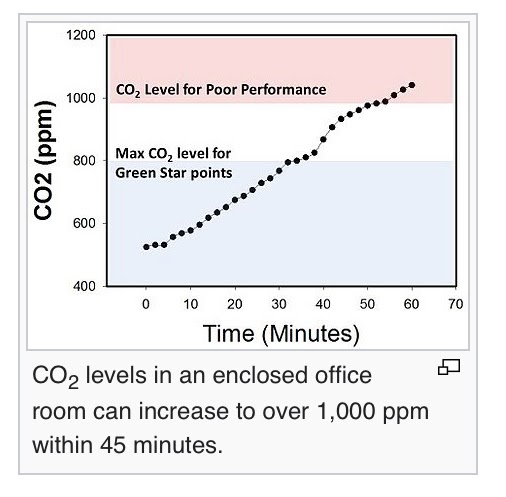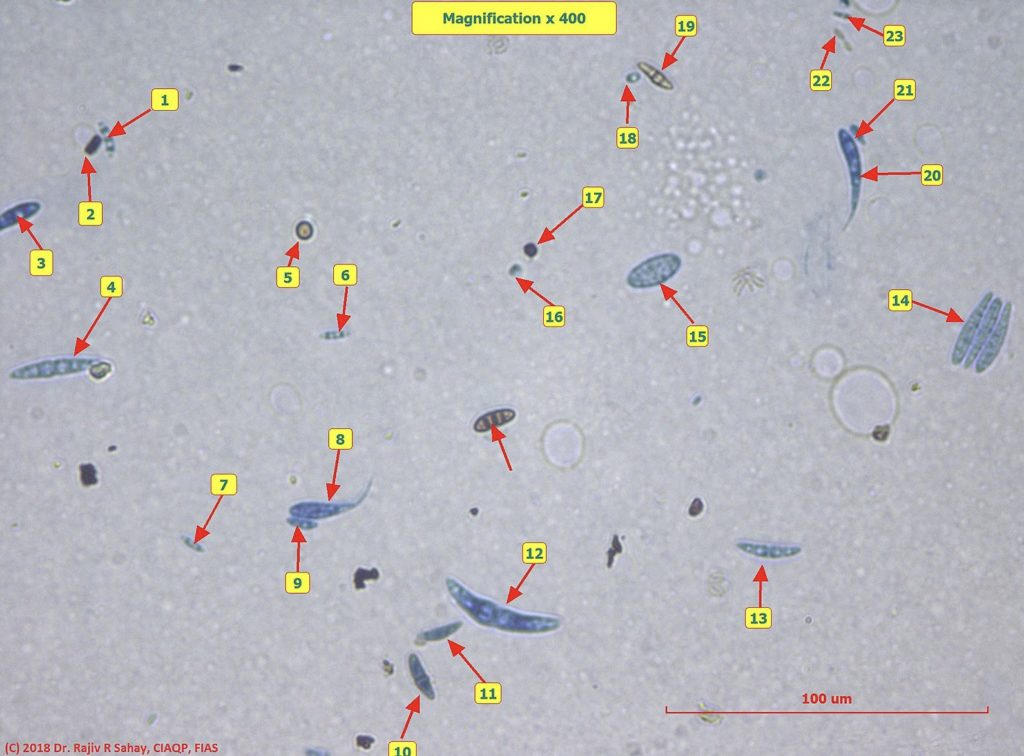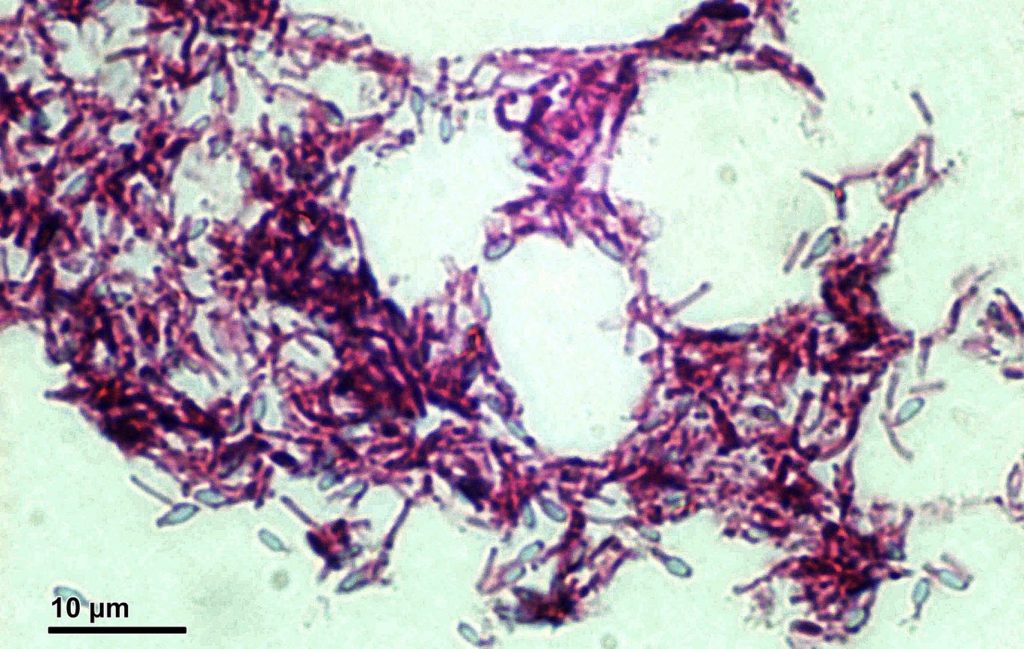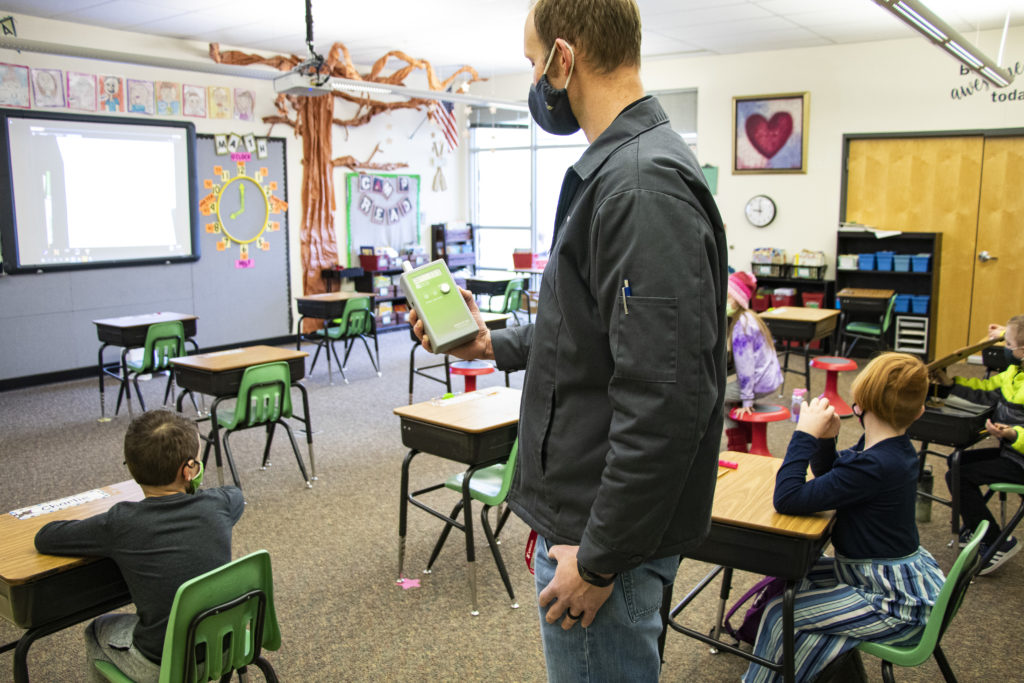EVERYTHING YOU NEED TO KNOW ABOUT INDOOR AIR QUALITY (IAQ)
You have probably heard about the Air Quality Index (AQI). You can readily see the latest information regarding ambient air quality levels in your community and many cities worldwide listed alongside the weather report. With increasingly destructive and lengthening wildfire seasons, most of us have been concerned with the quality of air outside. COVID has even gotten everyone concerned about proper ventilation in shared public buildings, like restaurants, movie theaters, and retail stores. But when was the last time you stopped to consider whether the air you’re breathing in your home or at the office is safe or not? Places you spend the most time indoors and likely feel the safest.

Met One Instruments Inc. has been a leader in the air quality industry creating products that accurately measure, monitor, and analyze air pollution, whether indoors or out, since 1989. Let’s cover what you need to know about this topic so that you can protect yourself and your loved ones and make informed decisions about the indoor air quality you experience daily.
Indoor Air Quality (IAQ) refers to the air quality inside buildings and structures. The air you breathe in your office or school is just as crucial as breathing clean air outside. Yet, this topic has taken a back seat to growing concerns about air quality outdoors worldwide. Being exposed to poor air quality indoors for extended periods of time can lead to significant health risks and has been linked to another term known as “Sick Building Syndrome” (SBS).

SBS is triggered by inhabiting a building with poor indoor air quality for an extended length of time. It is a condition in which people suffer from symptoms of illness or become infected with chronic disease as a direct result of exposure to the building. The World Health Organization (WHO) has reported that up to 30% of new and remodeled facilities are the subject of complaints related to poor indoor air quality. SBS is typically caused by a defect or improper maintenance in the heating, ventilation, and air conditioning (HVAC) systems of a building.
Symptoms from exposure to poor IAQ and SBS can be similar to the common cold or allergies. Itchy eyes, headache, sore throat, cough, a runny nose, and even dizziness may occur. Many people do not realize that they are experiencing these symptoms because of their exposure to indoor pollutants. For some people, these effects may be immediate or short-term. For others, long-term adverse health afflictions may not show up for years.
“While pollutants commonly found in indoor air can cause many harmful effects, there is considerable uncertainty about what concentrations or periods of exposure are necessary to produce specific health problems. People also react very differently to exposure to indoor air pollutants. Further research is needed to better understand which health effects occur after exposure to the average pollutant concentrations found in homes and which occurs from the higher concentrations that occur for short periods of time.” – EPA.gov
WHAT ARE THE PRIMARY CAUSES OF POOR IAQ & SBS?
➡️ Tobacco products
➡️ Household Cleaning Products
➡️ Excess Moisture Creating Mold
➡️ Inadequate Ventilation within Central Heating/Cooling Systems
➡️ Fuel-Burning Combustion
➡️ Outdoor Sources (Pesticides/Outdoor Air Pollution)
➡️ Asbestos Fibers
➡️ Particulates
➡️ Carbon Monoxide & Dioxide
➡️ Radon
➡️ Volatile Organic Materials (VOC)
➡️ Microbial Contaminants
➡️ Legionella
➡️ Ozone
HOW DO YOU PREVENT POOR INDOOR AIR QUALITY & SICK BUILDING SYNDROME?
The answer lies in utilizing “smart” technology, also known as IoT, such as the air monitoring sensors we create here at Met One Instruments, Inc. Every responsible building owner should regularly test the quality of air inside their buildings to ensure occupants' safety. Our indoor air monitoring devices detect air pollutant problems quickly and accurately. Equipped with accurate data, users gain the ability to address any indoor air pollution issues immediately. Have you asked your employer or school if they are testing the indoor air quality of the building you spend each day in? Have you tested your own home? If not, why not?
Pictured above is Justin Tocher, the Custodial Manager at Three Rivers School District in Grants Pass, Oregon. He utilizes the Aerocet 831 as part of his daily maintenance inspection routine to measure particulate levels from room to room for each school in the district. Justin finds Met One’s Aerocet 831 very easy to operate in taking samples throughout each school and uses the measurement readings to identify any particulate source emissions that need addressing.
Good indoor air quality is a critical component in meeting the primary goal of educating our children. IAQ problems left unaddressed can increase long-and short-term health problems for both students and staff. Showing the students and staff just how clean the indoor air is has proven invaluable to reassuring safety, particularly in this COVID era when many have been afraid to return to the classroom.
WOULD YOU LIKE MORE INFORMATION ABOUT INDOOR AIR QUALITY?
Check out these excellent resources to learn more:
🔗 EPA – Introduction to Indoor Air Quality
🔗 EPA – Identifying Problems in Indoor Environments
🔗 EPA – Improving Indoor Air Quality
🔗 EPA – Popular Indoor Air Quality Topics
🔗 NASA – Guide to Air Filtering House Plants




